Home>Home Appliances>Bathroom Appliances>How To Dry Natural Hair Without A Blow Dryer
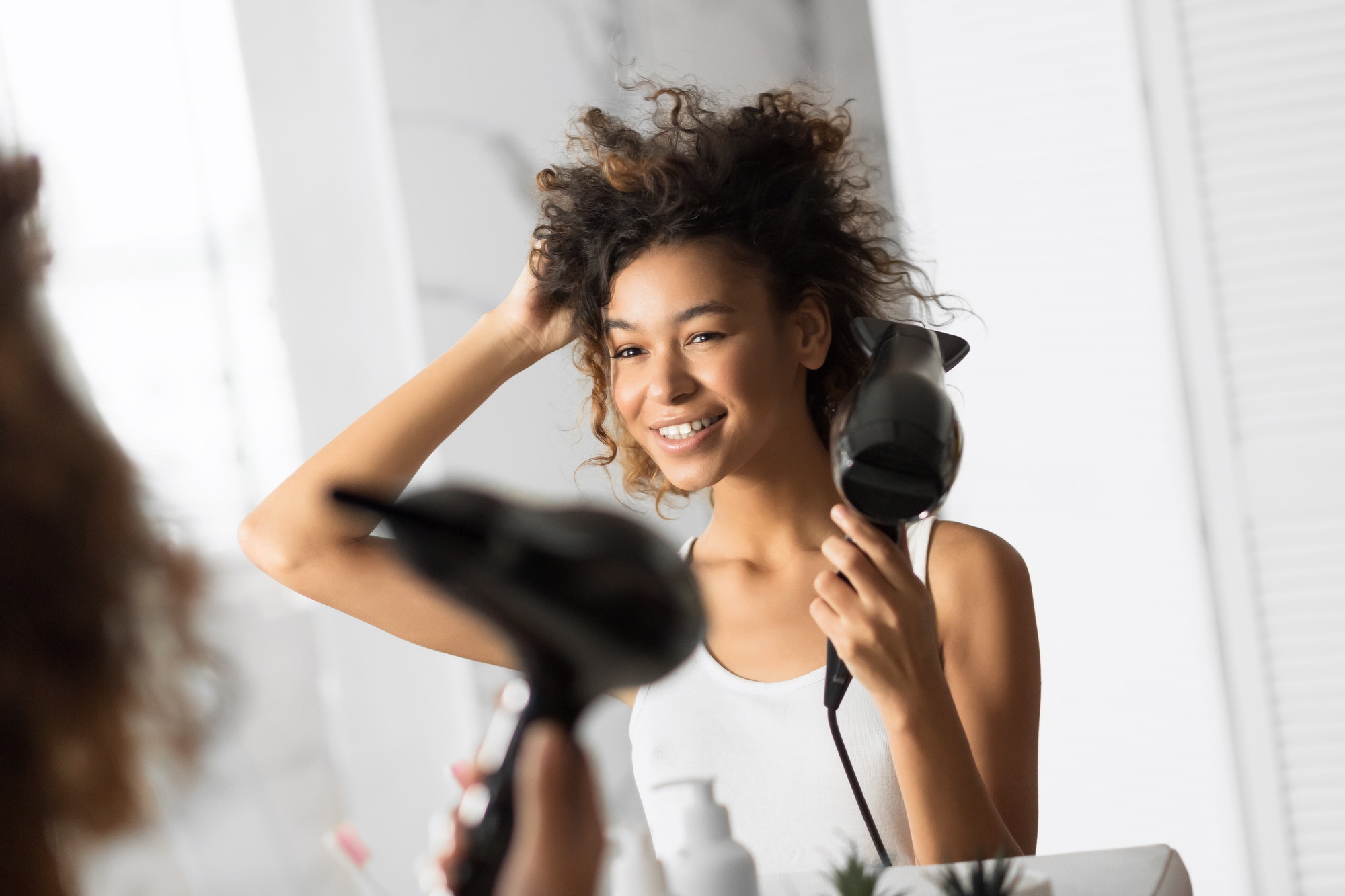

Bathroom Appliances
How To Dry Natural Hair Without A Blow Dryer
Modified: January 19, 2024
Learn effective techniques for drying natural hair without a blow dryer. Discover alternative methods using bathroom appliances for quick and easy results.
(Many of the links in this article redirect to a specific reviewed product. Your purchase of these products through affiliate links helps to generate commission for Storables.com, at no extra cost. Learn more)
Introduction
Welcome to the wonderful world of natural hair care! Embracing your natural hair texture is a beautiful journey that allows you to celebrate your unique curls, coils, and waves. One of the essential aspects of caring for natural hair is the drying process. While blow dryers are a popular option for drying hair, air drying is a fantastic alternative that can help maintain the health and integrity of your natural locks.
In this comprehensive guide, we will explore the art of air drying natural hair without relying on a blow dryer. From the benefits of air drying to practical techniques and tips for maintaining moisture, you will gain valuable insights into this gentle and effective hair care method. Whether you are new to natural hair care or seeking to refine your routine, this guide will equip you with the knowledge and techniques to air dry your natural hair with confidence and style.
So, grab your favorite hair products, embrace the beauty of your natural curls, and let's delve into the art of air drying natural hair without a blow dryer.
Key Takeaways:
- Embrace air drying for natural hair to maintain moisture, enhance curl definition, and save time. It’s eco-friendly, cost-effective, and celebrates your unique curls, coils, and waves.
- Prepare your hair with gentle cleansing, conditioning, and detangling before air drying. Use techniques like plopping and twist-outs for beautifully defined curls and waves.
Benefits of Air Drying Natural Hair
Air drying natural hair offers a myriad of benefits that contribute to the overall health and appearance of your locks. Understanding these advantages can inspire you to incorporate air drying into your hair care routine and reap the rewards of this gentle and effective method.
- Preservation of Moisture: Air drying allows your hair to retain its natural moisture, preventing excessive dryness and promoting hydration from root to tip. This can help minimize frizz and enhance the luster of your curls.
- Reduced Heat Damage: By avoiding the use of heat from blow dryers, air drying minimizes the risk of heat damage to your delicate natural hair. This can contribute to the long-term health and strength of your locks.
- Enhanced Curl Definition: Air drying encourages the natural pattern and texture of your curls, helping to define and showcase their unique beauty. This can result in more defined and vibrant curls, coils, or waves.
- Cost-Effective and Time-Saving: Air drying eliminates the need for expensive heat styling tools and can save you time in your daily hair care routine. Once you establish a comfortable air drying routine, you can enjoy the convenience and cost savings it offers.
- Environmental Friendliness: Opting for air drying over heat styling reduces energy consumption and contributes to a more eco-friendly approach to hair care. This aligns with sustainable living practices and promotes environmental responsibility.
- Customizable Styling: Air drying allows you to embrace the natural versatility of your hair, enabling you to experiment with different styles and looks based on your unique texture and curl pattern.
By embracing the benefits of air drying natural hair, you can nurture your locks while celebrating their inherent beauty and individuality. This gentle and nurturing approach to hair care can lead to healthier, more vibrant curls and waves, allowing you to showcase your natural hair with confidence and pride.
Preparing Your Hair for Air Drying
Before embarking on the air drying process, it’s essential to prepare your natural hair to ensure optimal results. Proper preparation sets the stage for successful air drying, allowing your locks to dry evenly and maintain their natural moisture and texture.
Cleansing and Conditioning: Start by cleansing your hair with a gentle, hydrating shampoo that effectively removes buildup without stripping away essential moisture. Follow this with a nourishing conditioner tailored to your hair type, focusing on the mid-lengths and ends to provide ample hydration. Consider using a wide-tooth comb to detangle your hair while the conditioner is applied to minimize breakage and ensure even distribution.
Applying Leave-In Products: After rinsing out the conditioner, apply a leave-in conditioner or moisturizing cream to help lock in moisture and provide additional nourishment to your hair. This step is crucial for maintaining hydration during the air drying process and promoting soft, manageable curls.
Gently Removing Excess Water: Use a microfiber towel or a soft cotton T-shirt to gently blot your hair and remove excess water. Avoid rubbing your hair vigorously, as this can lead to frizz and disrupt your natural curl pattern. The goal is to retain moisture while reducing dripping to facilitate the air drying process.
Detangling and Sectioning: Carefully detangle your hair using a wide-tooth comb or a specialized detangling brush, starting from the ends and gradually working your way up to the roots. If your hair is prone to tangling, consider sectioning it into manageable parts to ensure thorough detangling without causing unnecessary strain on your locks.
Protective Styling (Optional): If you prefer a specific style or want to minimize manipulation while your hair dries, consider incorporating a protective style such as braids, twists, or a loose bun. This can help define your natural texture and minimize frizz while your hair air dries.
By following these preparatory steps, you can set the stage for successful air drying, allowing your natural hair to dry evenly and retain its moisture, resulting in beautifully defined and healthy curls, coils, or waves.
Air dry your natural hair by gently squeezing out excess water with a microfiber towel. Then, allow your hair to air dry naturally to prevent heat damage and frizz.
Techniques for Air Drying Natural Hair
Mastering the art of air drying natural hair involves employing gentle techniques that encourage your hair to dry evenly and retain its natural texture and moisture. By incorporating the following methods into your air drying routine, you can achieve beautifully defined curls and waves while minimizing frizz and promoting overall hair health.
Plopping: Plopping is a popular air drying technique that involves using a T-shirt or microfiber towel to gently wrap and secure your hair, allowing it to dry in a scrunched position. This method is particularly effective for enhancing curl definition and reducing drying time, making it a favorite among individuals with curly or wavy hair textures.
Diffusing: If you prefer to expedite the air drying process while still avoiding the use of a blow dryer, consider using a diffuser attachment on a low heat setting. The diffuser helps distribute airflow evenly, minimizing frizz and heat damage while promoting natural curl definition. This method is especially beneficial for individuals with thicker or coarser hair textures.
The “Wet Look” Technique: For a sleek and defined look, consider applying a styling gel or cream to your wet hair and allowing it to air dry without further manipulation. This technique can result in a polished appearance with well-defined curls or waves, making it a versatile option for various hair textures.
Twist-Out or Braid-Out: Create twists or braids in your damp hair and allow them to air dry before unraveling them to reveal beautifully defined curls or waves. This method not only encourages natural texture but also provides styling versatility, allowing you to achieve different looks based on the size and number of twists or braids.
The Pineapple Method: If you have longer hair, the pineapple method involves loosely gathering your hair at the top of your head and securing it with a satin scrunchie or hair-friendly elastic. This technique can help preserve curl definition and minimize tangling while your hair air dries, resulting in voluminous and well-defined curls.
By experimenting with these air drying techniques and adapting them to suit your unique hair texture and preferences, you can achieve stunning results while maintaining the health and integrity of your natural locks. Embrace the versatility of air drying and discover the methods that work best for showcasing your beautiful curls, coils, or waves.
Tips for Maintaining Moisture While Air Drying
Preserving moisture is a crucial aspect of air drying natural hair, as it contributes to the overall health, manageability, and luster of your curls, coils, or waves. By incorporating the following tips into your air drying routine, you can ensure that your hair retains its natural hydration and remains vibrant and nourished throughout the drying process.
- Hydrating Products: Use hydrating and moisturizing hair products, such as leave-in conditioners, creams, and oils, to provide ongoing nourishment and hydration to your hair as it air dries. Opt for products specifically formulated for your hair type and texture to maximize their effectiveness.
- Seal in Moisture: After applying leave-in products, consider sealing in the moisture with a lightweight oil or butter. This helps create a protective barrier that locks in hydration and prevents moisture loss, promoting softness and elasticity in your curls.
- Regular Deep Conditioning: Incorporate regular deep conditioning treatments into your hair care routine to replenish moisture, strengthen your hair, and enhance its resilience. Deep conditioning can help combat dryness and maintain optimal hydration levels in your natural locks.
- Avoiding Over-Manipulation: Minimize excessive touching, combing, or styling of your hair while it air dries, as this can disrupt your natural curl pattern and lead to moisture loss. Embrace a hands-off approach to allow your hair to dry undisturbed and retain its natural moisture.
- Satin or Silk Materials: Use satin or silk pillowcases, hair wraps, or bonnets to protect your hair and minimize moisture absorption while you sleep. These materials help prevent friction and moisture loss, preserving the hydration levels of your air-dried hair.
- Hydrating Mists: Consider using a hydrating hair mist or spray to refresh and revitalize your hair during the air drying process. Lightly misting your hair with a hydrating spray can help combat dryness and maintain moisture levels, especially in between wash days.
- Avoiding Heat Styling: While air drying your hair, refrain from using heat styling tools such as flat irons or curling wands, as these can deplete moisture and compromise the natural integrity of your curls. Embracing your natural texture and allowing it to air dry can help preserve moisture and promote overall hair health.
By implementing these moisture-maintaining tips into your air drying routine, you can nurture your natural hair and ensure that it remains beautifully hydrated, resilient, and full of life. Embrace the power of moisture to showcase the inherent beauty of your curls, coils, or waves with confidence and vitality.
Read more: How To Dry Hair Without A Hair Dryer
Conclusion
Congratulations on embarking on the journey of air drying your natural hair without a blow dryer! By exploring the benefits, techniques, and tips outlined in this guide, you have gained valuable insights into the art of nurturing and showcasing your natural curls, coils, or waves with care and confidence.
Embracing air drying as a gentle and effective hair care method offers a host of advantages, from preserving moisture and minimizing heat damage to promoting curl definition and environmental responsibility. By incorporating preparatory steps such as proper cleansing, conditioning, and detangling, you can set the stage for successful air drying, allowing your hair to dry evenly and retain its natural texture and hydration.
Experimenting with various air drying techniques, such as plopping, diffusing, and twist-outs, enables you to discover the methods that best complement your unique hair texture and styling preferences. These techniques empower you to achieve beautifully defined curls and waves while minimizing frizz and maintaining overall hair health.
Furthermore, prioritizing moisture maintenance during the air drying process is essential for nurturing your natural locks and preserving their vibrancy and resilience. By using hydrating products, sealing in moisture, and minimizing over-manipulation, you can ensure that your air-dried hair remains beautifully hydrated and full of life.
As you continue to refine your air drying routine, remember that each curl, coil, or wave is a unique expression of your natural beauty. Embrace the versatility and individuality of your natural hair, and celebrate the journey of caring for and showcasing its inherent texture and charm.
By adopting the gentle and nurturing approach of air drying, you are not only preserving the health and integrity of your natural locks but also embracing a sustainable and eco-friendly method of hair care. Your commitment to showcasing your natural curls, coils, or waves with confidence and pride reflects a celebration of diversity, individuality, and the beauty of embracing your unique hair texture.
So, as you embark on your air drying journey, may you revel in the beauty of your natural hair, nurture it with care and intention, and continue to explore the art of air drying as a cherished and empowering aspect of your hair care routine.
Frequently Asked Questions about How To Dry Natural Hair Without A Blow Dryer
Was this page helpful?
At Storables.com, we guarantee accurate and reliable information. Our content, validated by Expert Board Contributors, is crafted following stringent Editorial Policies. We're committed to providing you with well-researched, expert-backed insights for all your informational needs.
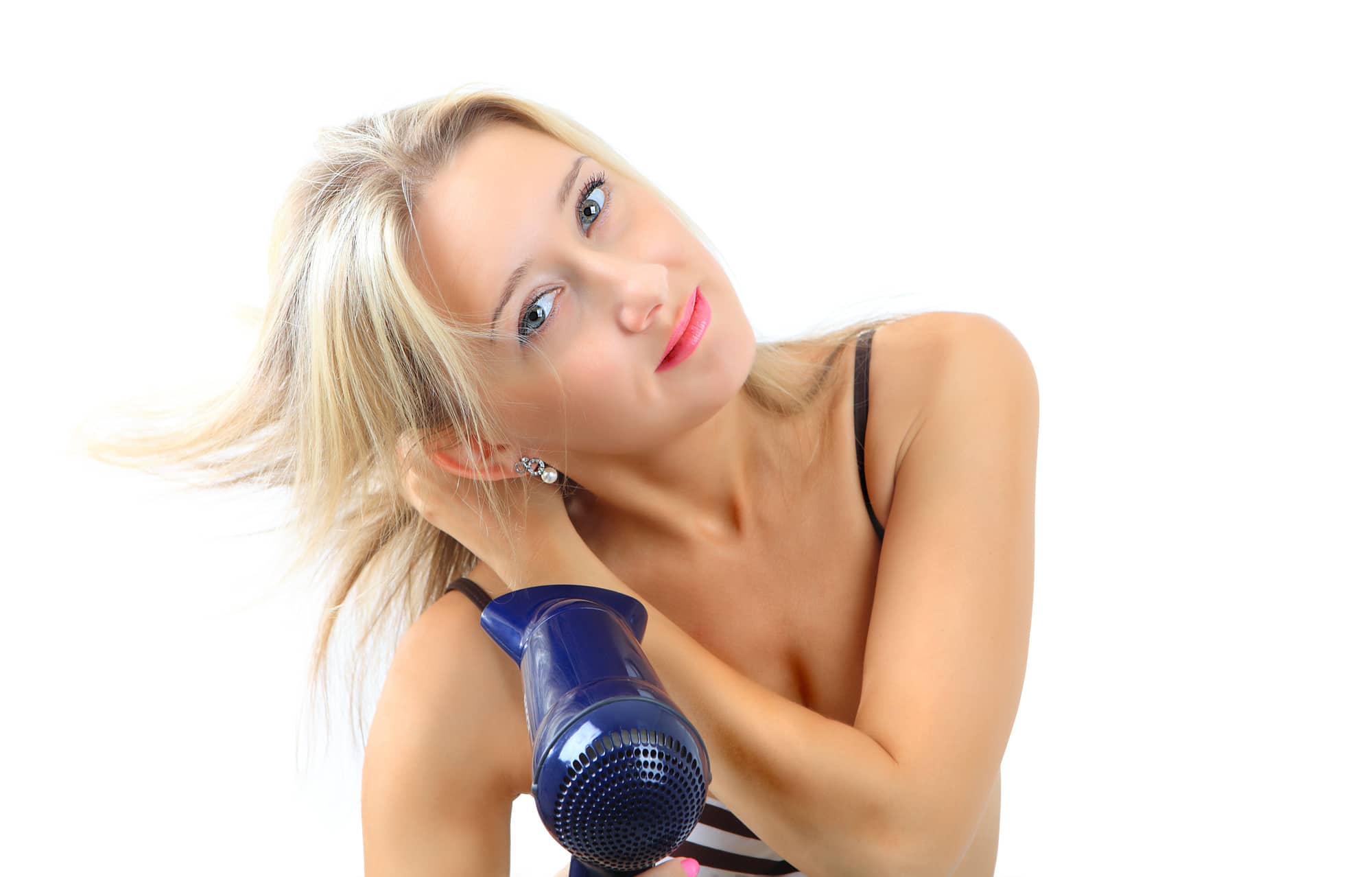
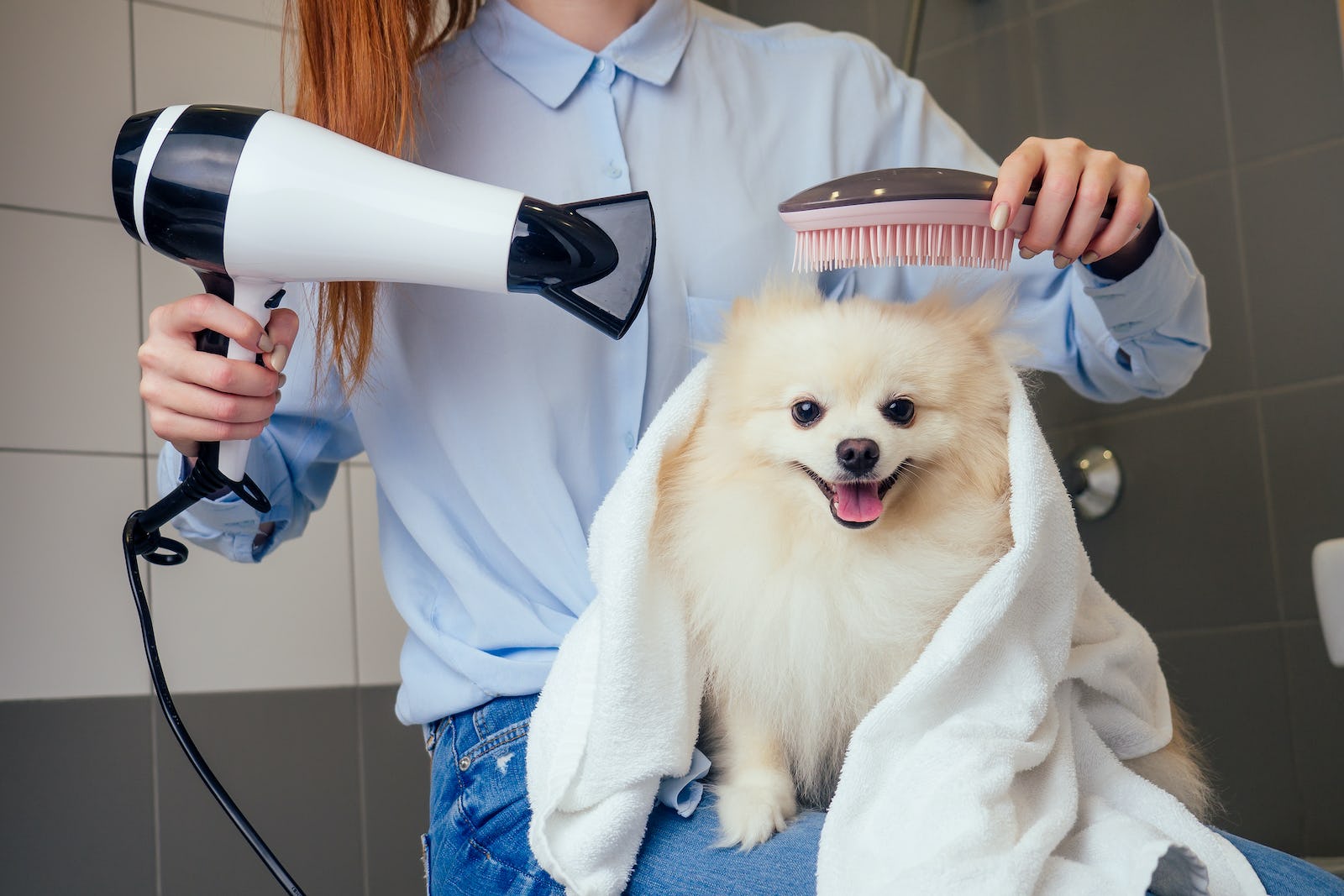
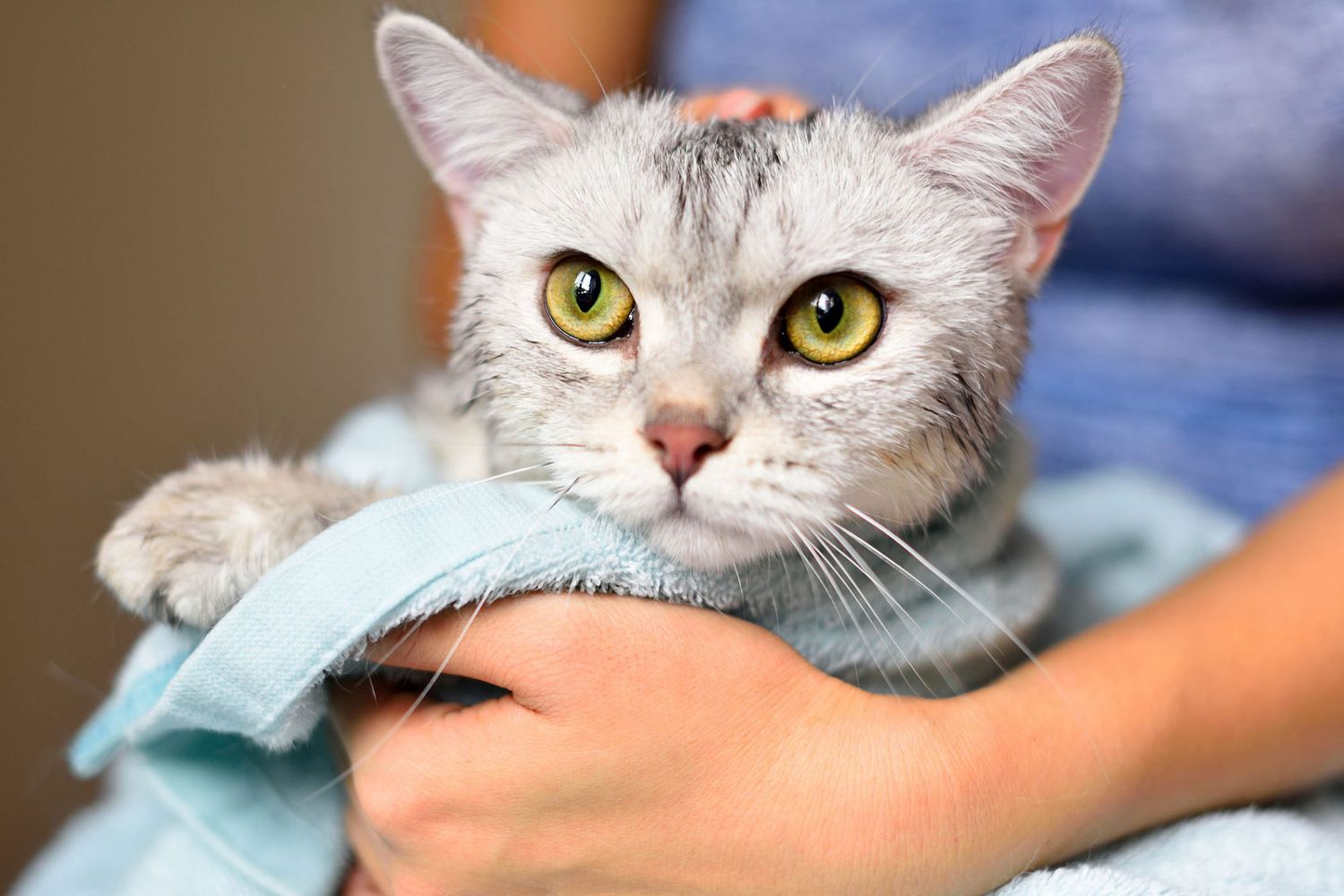

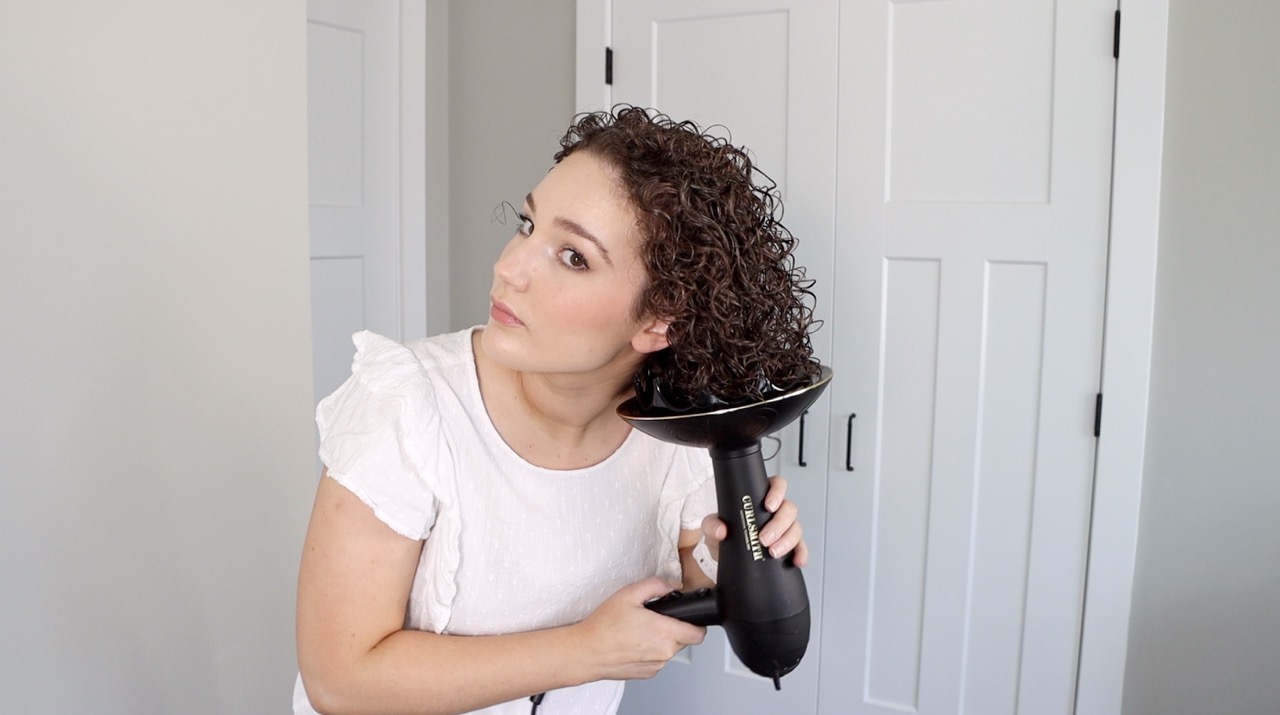
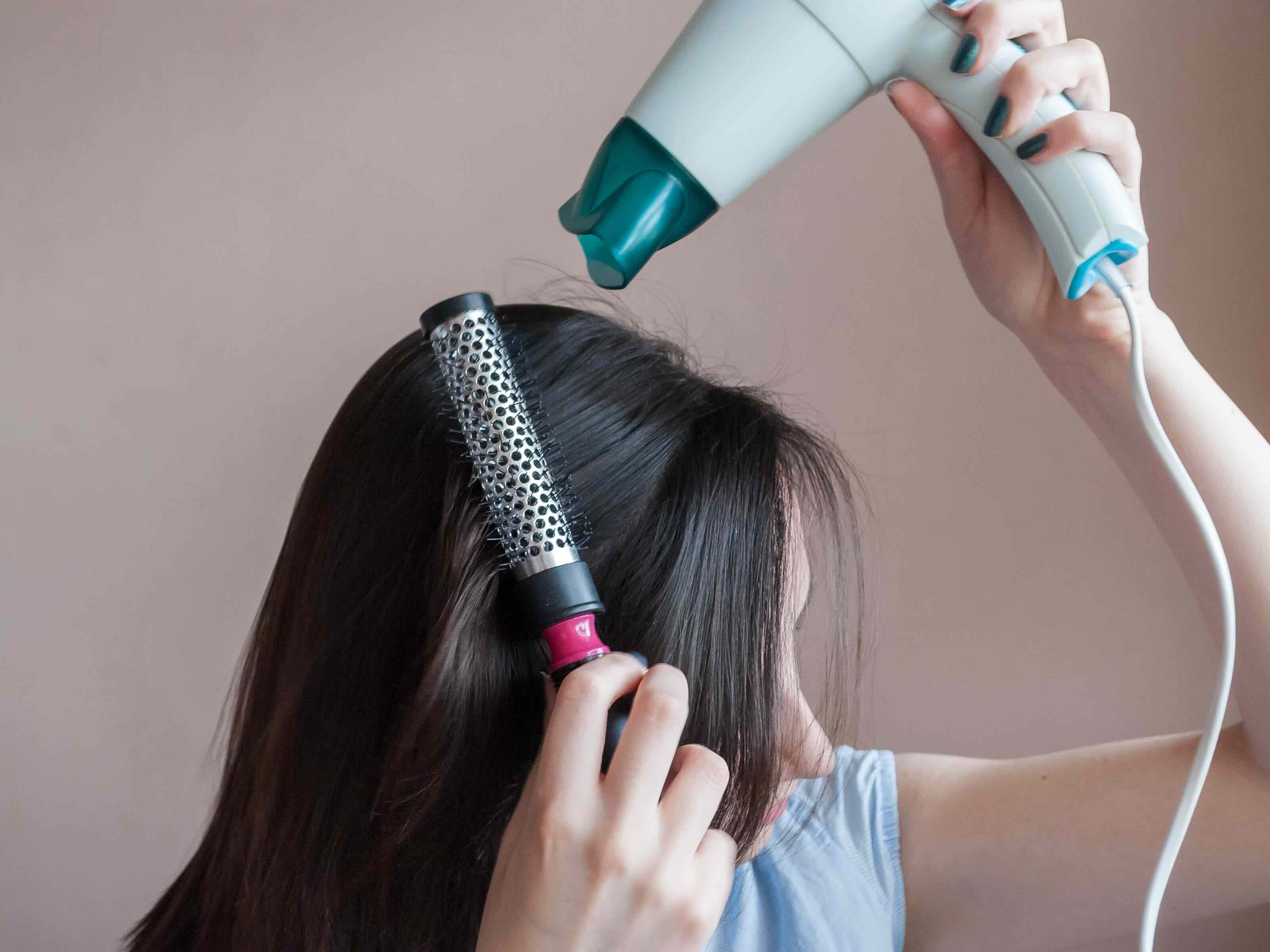
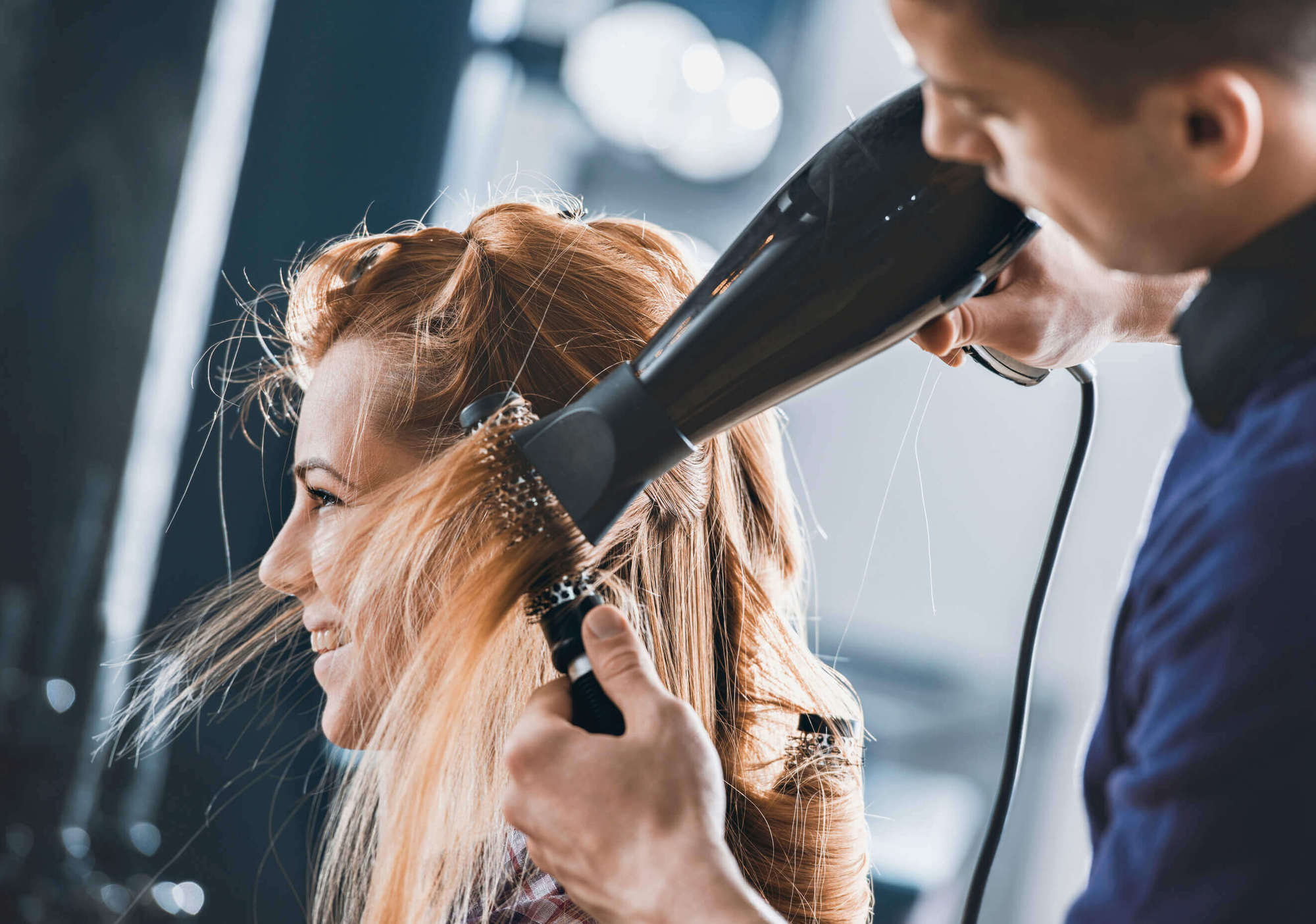
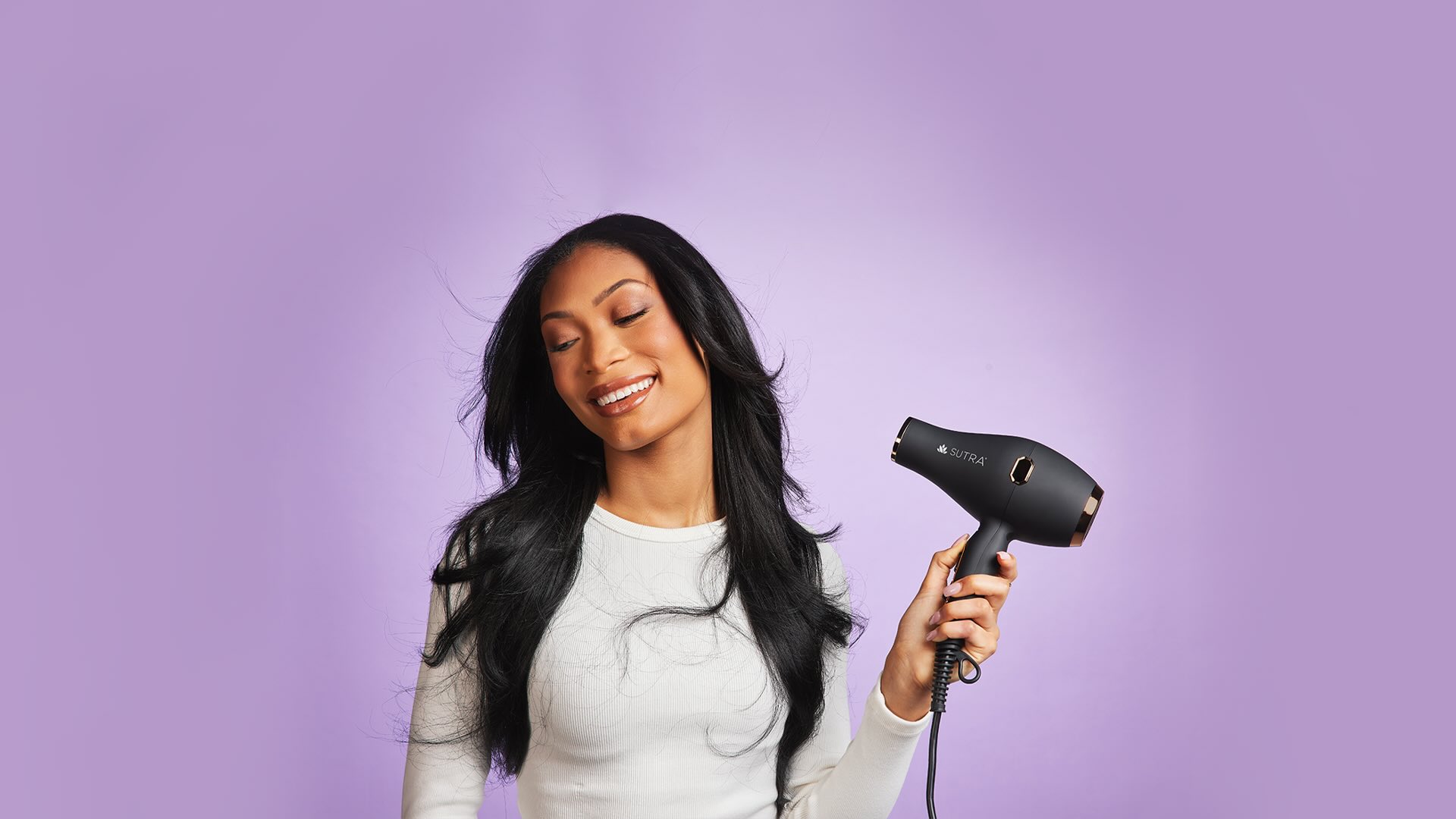
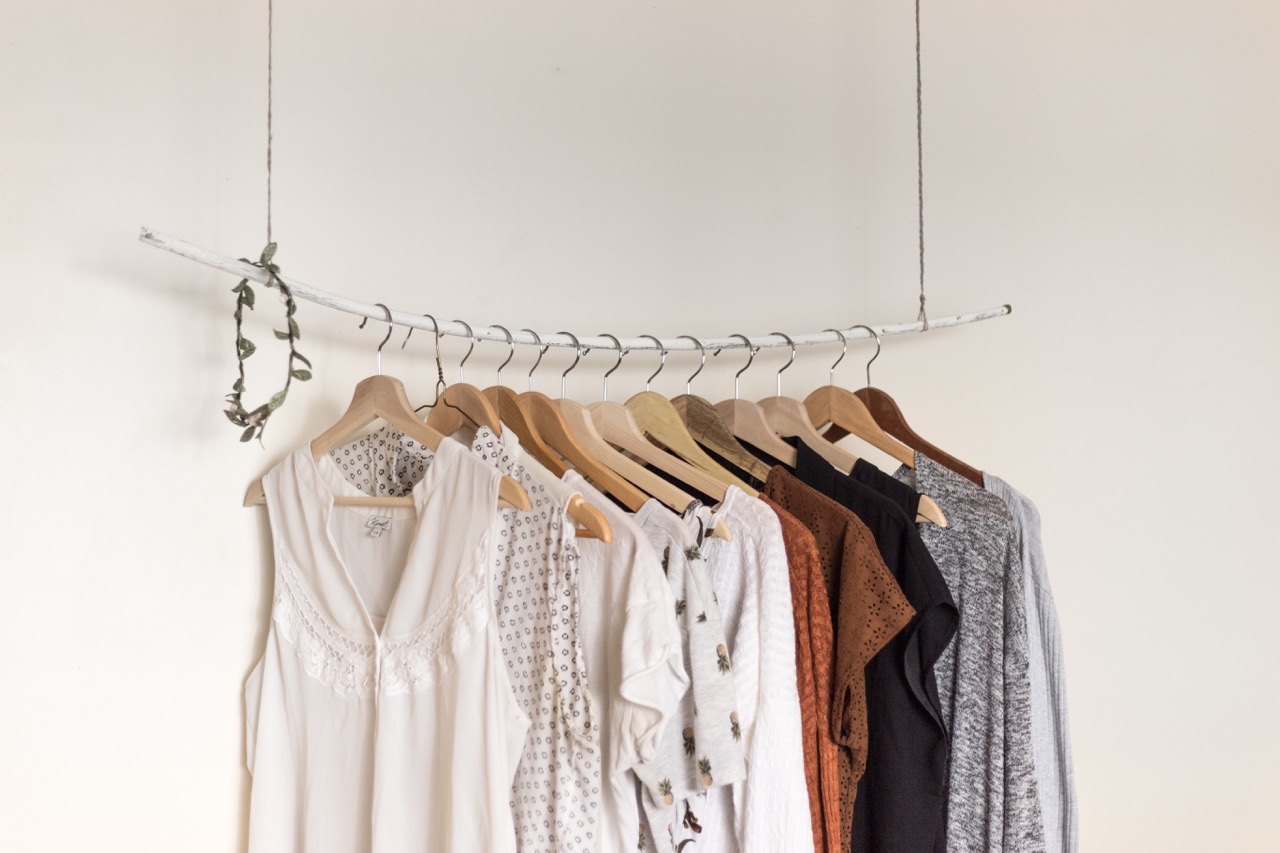
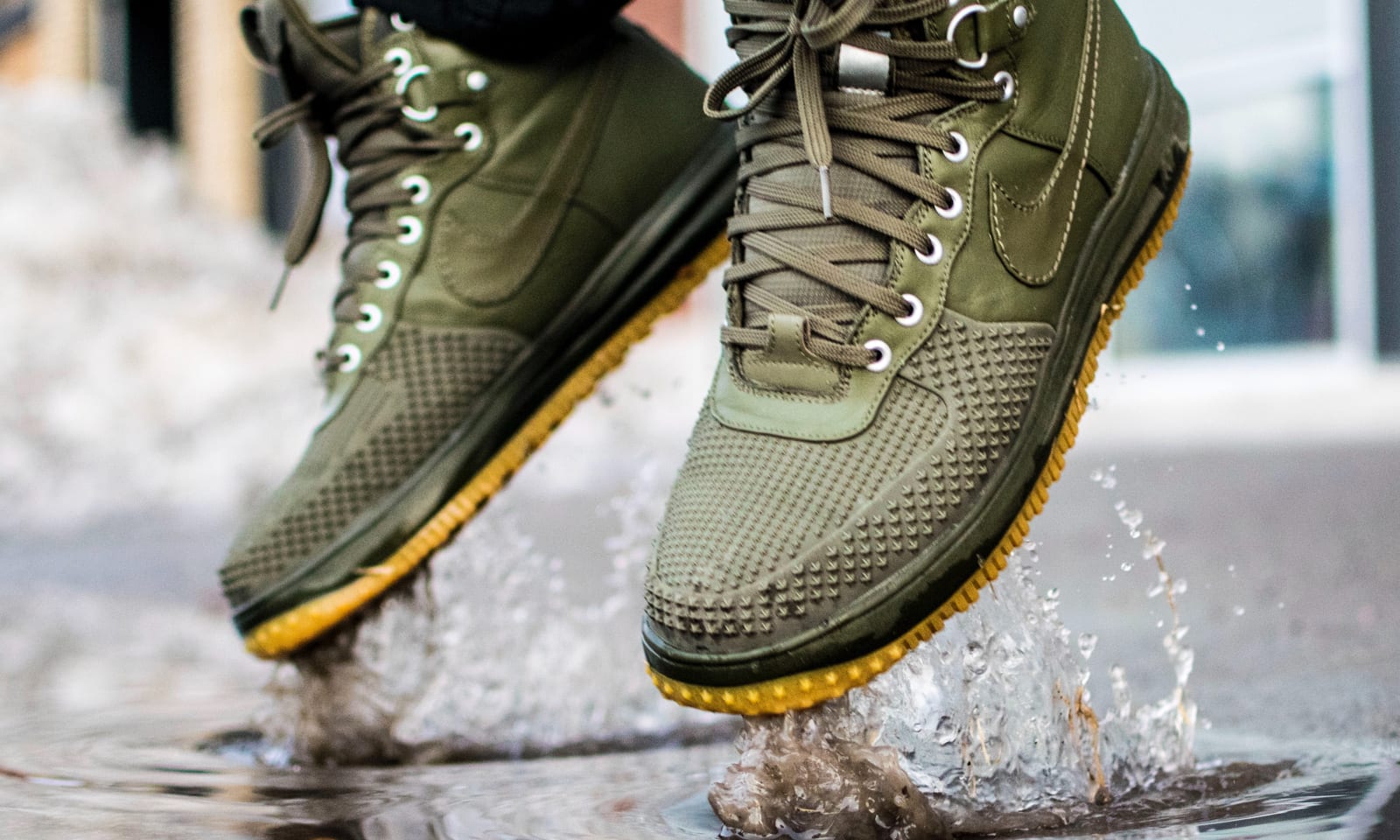
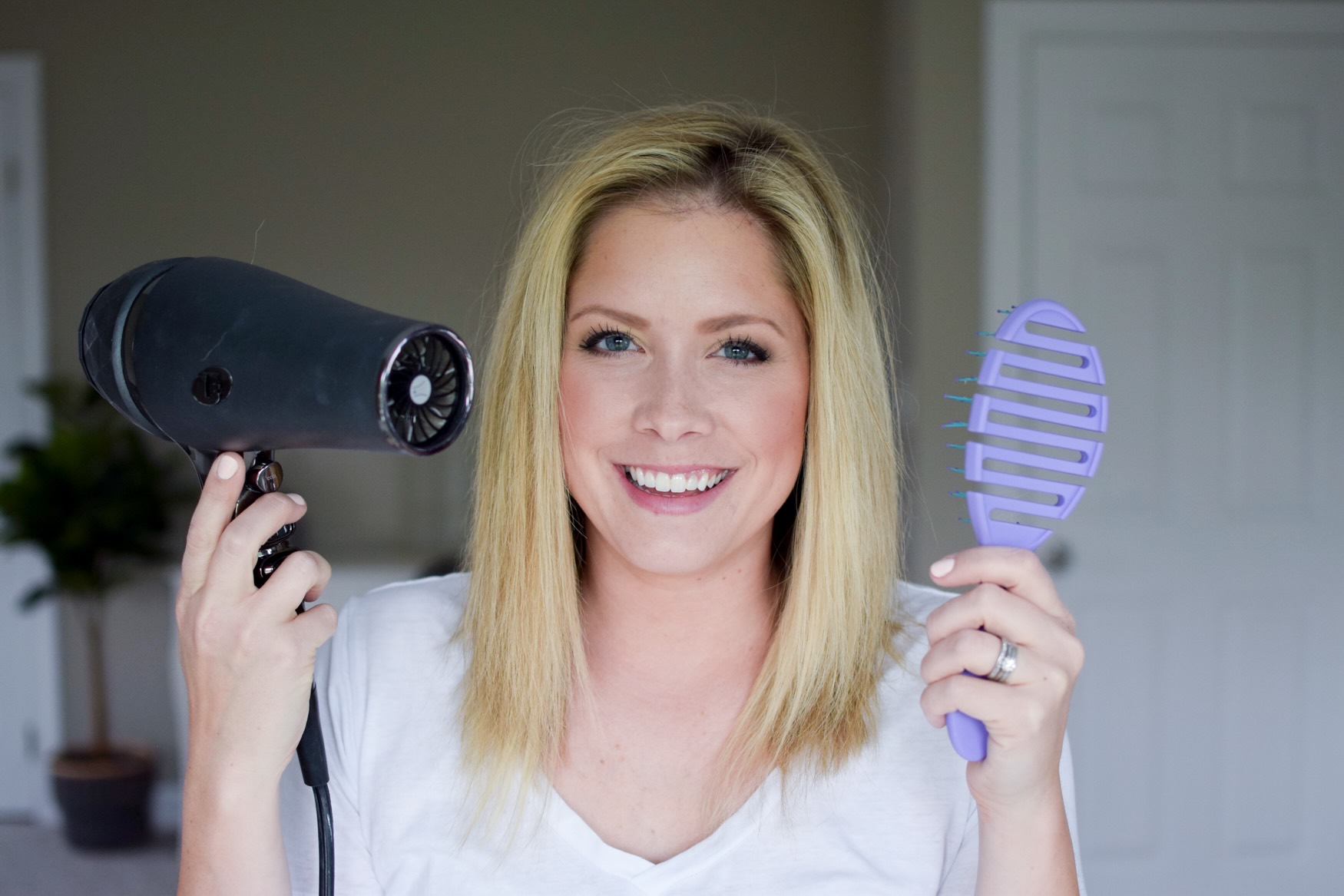
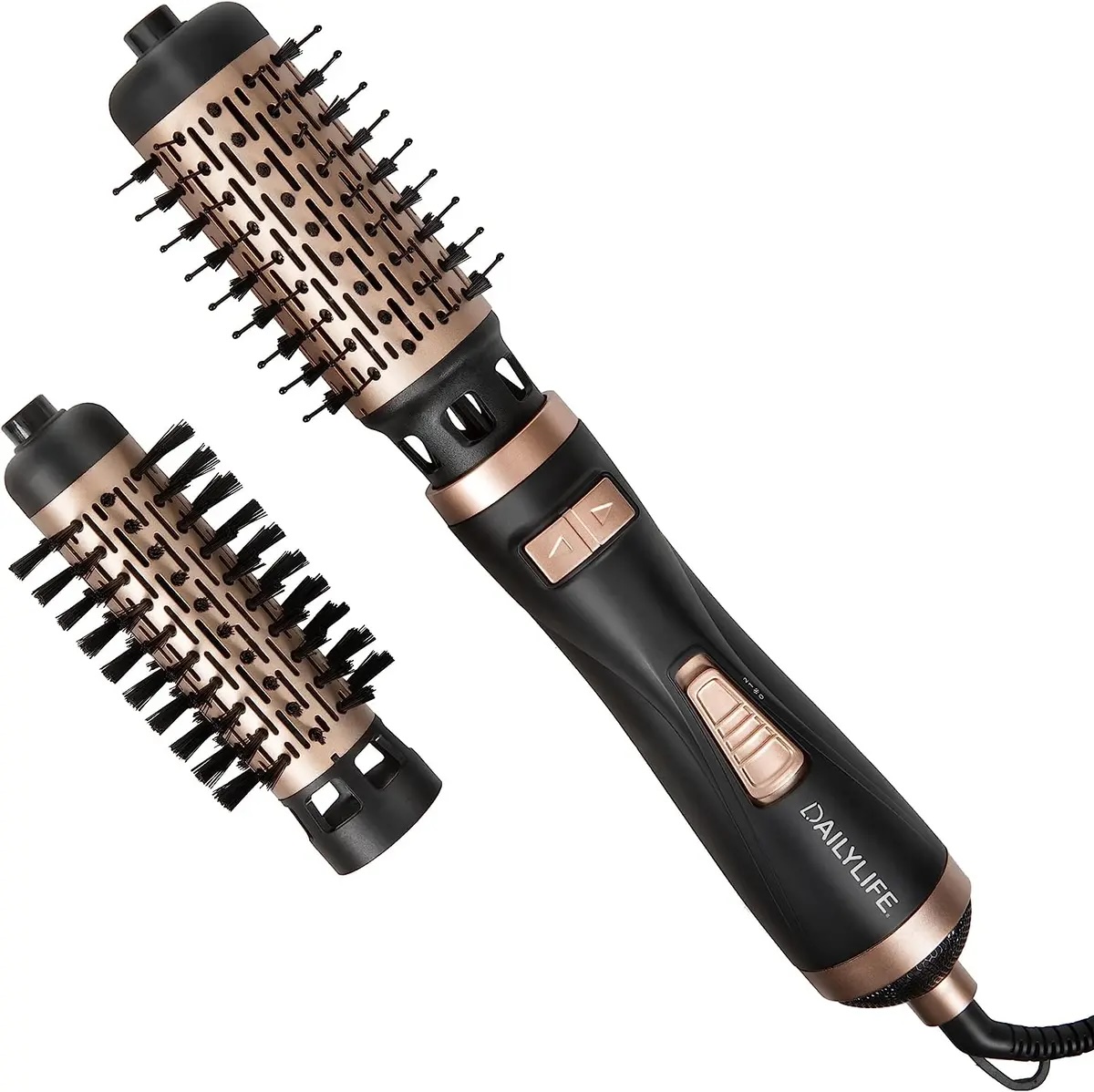
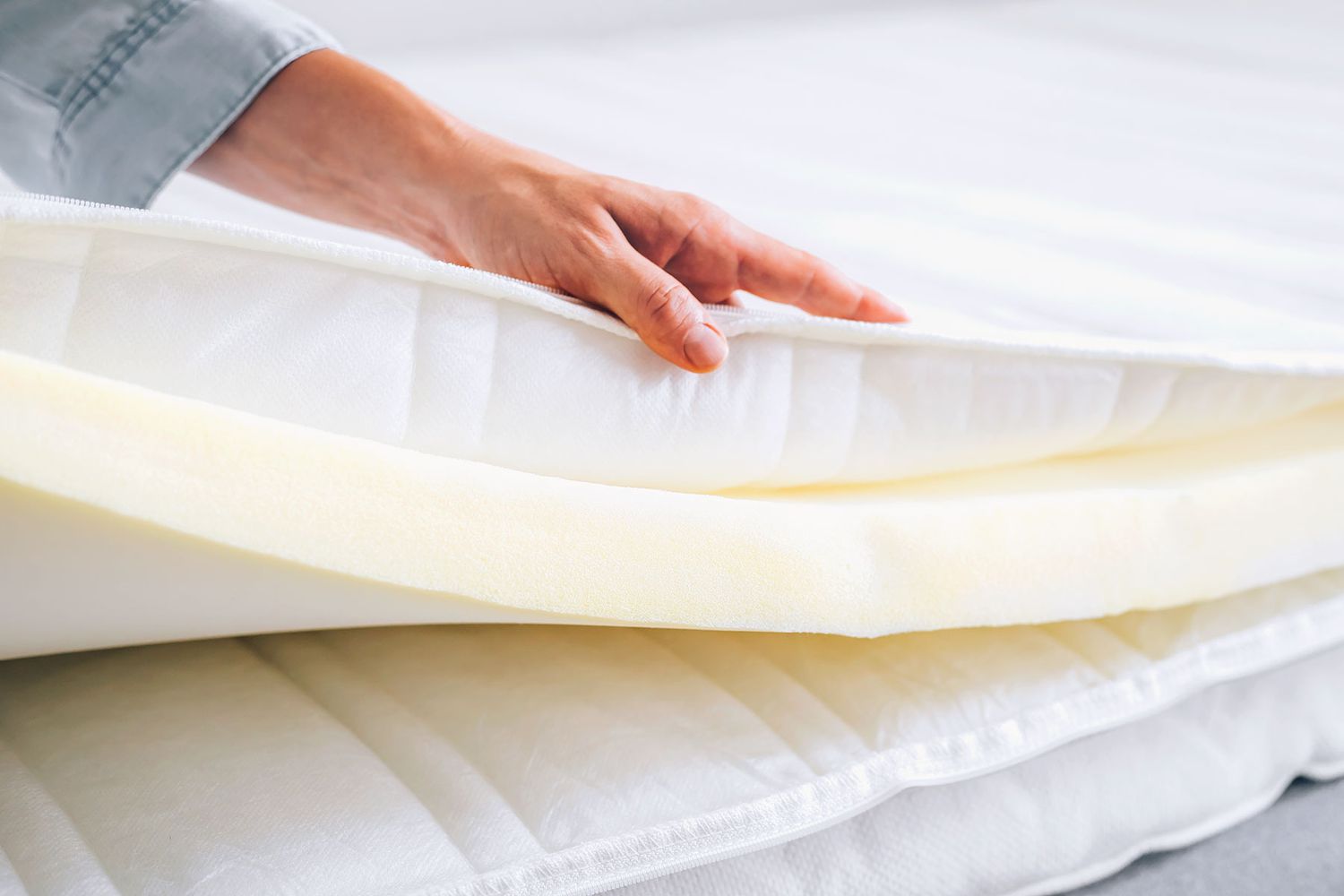
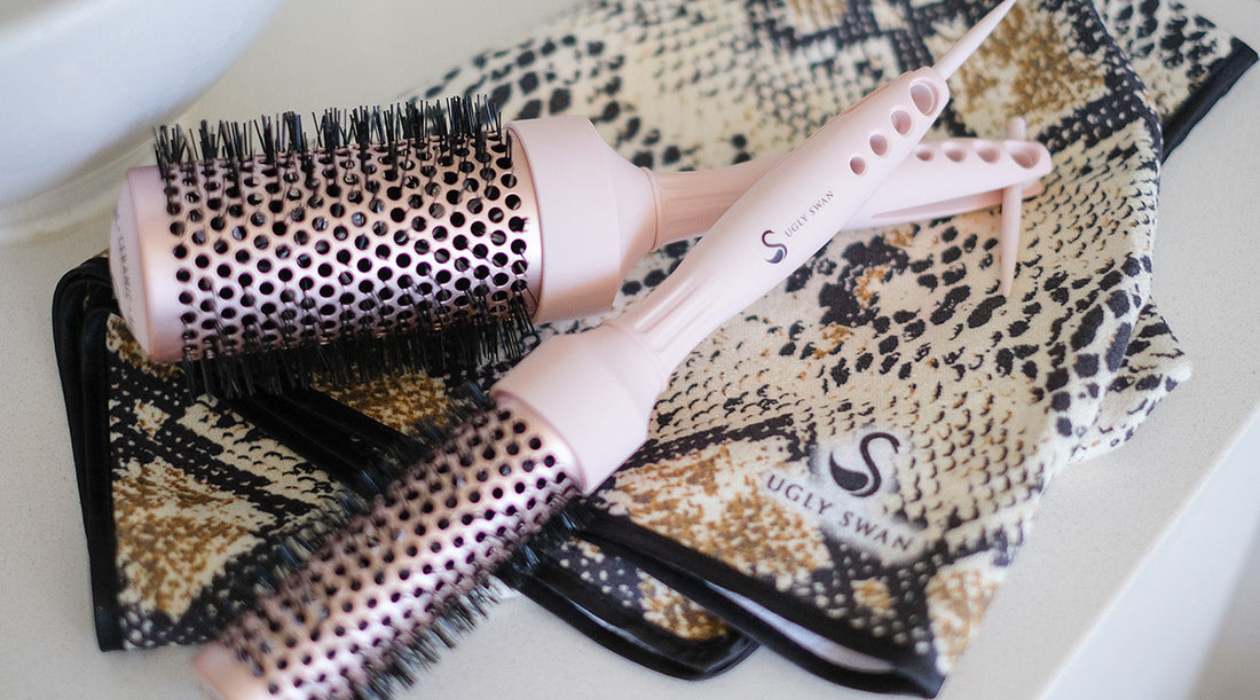

0 thoughts on “How To Dry Natural Hair Without A Blow Dryer”